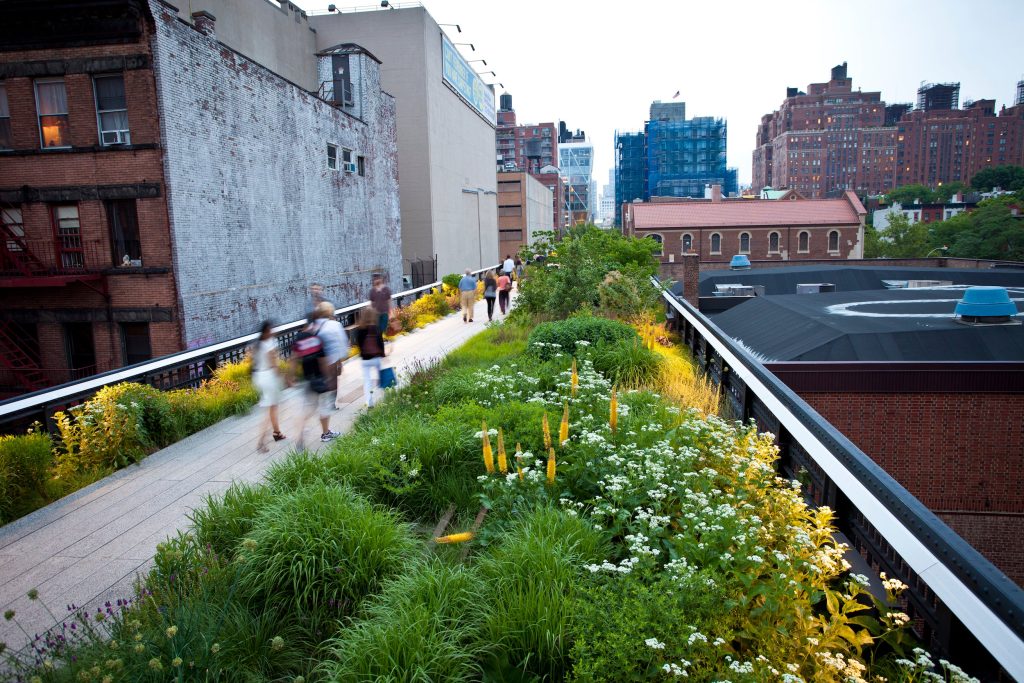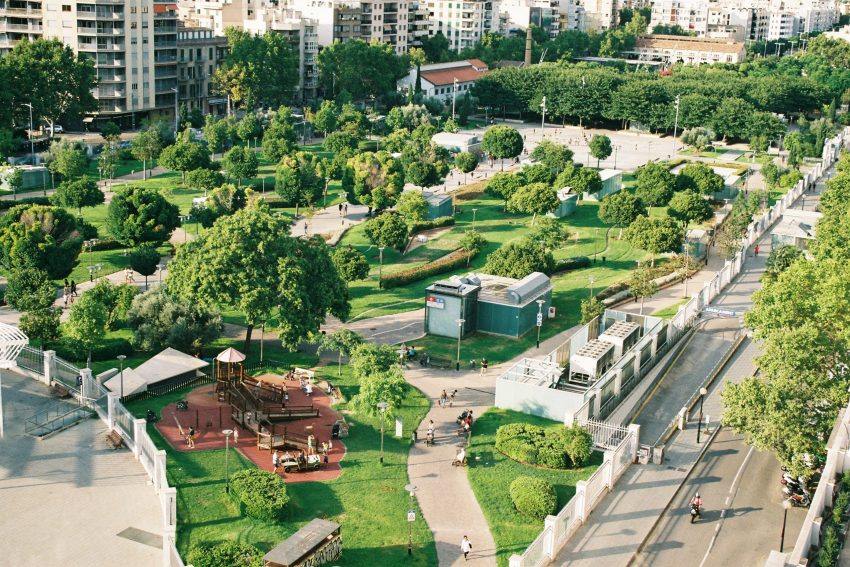This comprehensive article delves into the myriad advantages of urban green spaces, shedding light on their significance in contemporary urban planning and the optimal design principles that contribute to their effectiveness. Urban green spaces, often called parks, gardens, or recreational areas, are pivotal in enhancing the quality of life in densely populated urban environments. These verdant oases offer many tangible and intangible benefits, making them indispensable components of modern cityscapes.
The Multifaceted Benefits of Urban Green Spaces
Improved Physical Health
One of the most tangible advantages of urban green spaces is their positive impact on physical health. These green havens provide city dwellers with opportunities for exercise, promoting active lifestyles and reducing the risk of sedentary-related diseases. Whether jogging, cycling, or simply strolling, these spaces offer a sanctuary for fitness enthusiasts of all levels.
Mental Well-being
Beyond physical health, urban green spaces profoundly influence mental well-being. Scientific studies have consistently shown that spending time in nature reduces stress levels and alleviates symptoms of anxiety and depression. The tranquility and serenity of green spaces provide an escape from the hustle and bustle of urban life, offering a much-needed respite.
Community Building
Green spaces act as communal hubs, fostering a sense of belonging and social cohesion. They serve as gathering points for various cultural, recreational, and community activities. From picnics to yoga classes, these spaces facilitate social interactions, bringing people from diverse backgrounds together.
Environmental Benefits
Urban green spaces contribute significantly to the environment by absorbing carbon dioxide, mitigating the urban heat island effect, and improving air quality. They provide a habitat for wildlife and enhance biodiversity within cities. Moreover, they reduce the risk of flooding by absorbing excess rainwater and promoting groundwater recharge.
The Art of Urban Green Space Design
Creating effective urban green spaces involves a thoughtful blend of aesthetics, functionality, and sustainability. To outrank competitors in Google search results, it’s essential to understand the key design principles that set outstanding green spaces apart.
Accessibility and Inclusivity
A well-designed urban green space should be accessible to everyone, regardless of age, physical abilities, or socio-economic background. The pathways and entrances must be wheelchair-friendly, and there should be amenities like benches and shaded areas for relaxation.
Variety of Landscapes
A diverse landscape featuring a mix of open lawns, flower gardens, tree-lined avenues, and water features adds depth and visual appeal to green spaces. These varied elements cater to different preferences and activities, ensuring the park appeals to a broad audience.

Sustainability and Conservation
Sustainability is paramount in modern urban planning. Green spaces should use native plants that require minimal maintenance and irrigation. Rain gardens and porous surfaces can be integrated to manage stormwater effectively. Furthermore, preserving existing trees and natural habitats should be a priority.
Engaging Activities
To attract visitors and keep them engaged, green spaces should offer a range of activities. Consider installing playgrounds, sports facilities, or cultural spaces like amphitheaters for concerts and performances. These additions make the park a dynamic and thriving destination.
Art and Culture Integration
Infusing art and culture into urban green spaces enhances their aesthetic appeal and cultural significance. Sculptures, murals, and interactive art installations can transform these spaces into vibrant cultural hubs, enriching the urban experience.
Conclusion
Urban green spaces are not mere patches of greenery within cities; they are dynamic, multi-dimensional assets that contribute to the well-being of residents and the sustainability of urban environments. By understanding the myriad benefits they offer and the principles that underpin their design, cities can create green spaces that not only outrank others in Google searches but also enrich the lives of their inhabitants. So, next time you visit a green space, take a moment to appreciate the careful planning and thoughtful design that makes it a thriving urban oasis.
